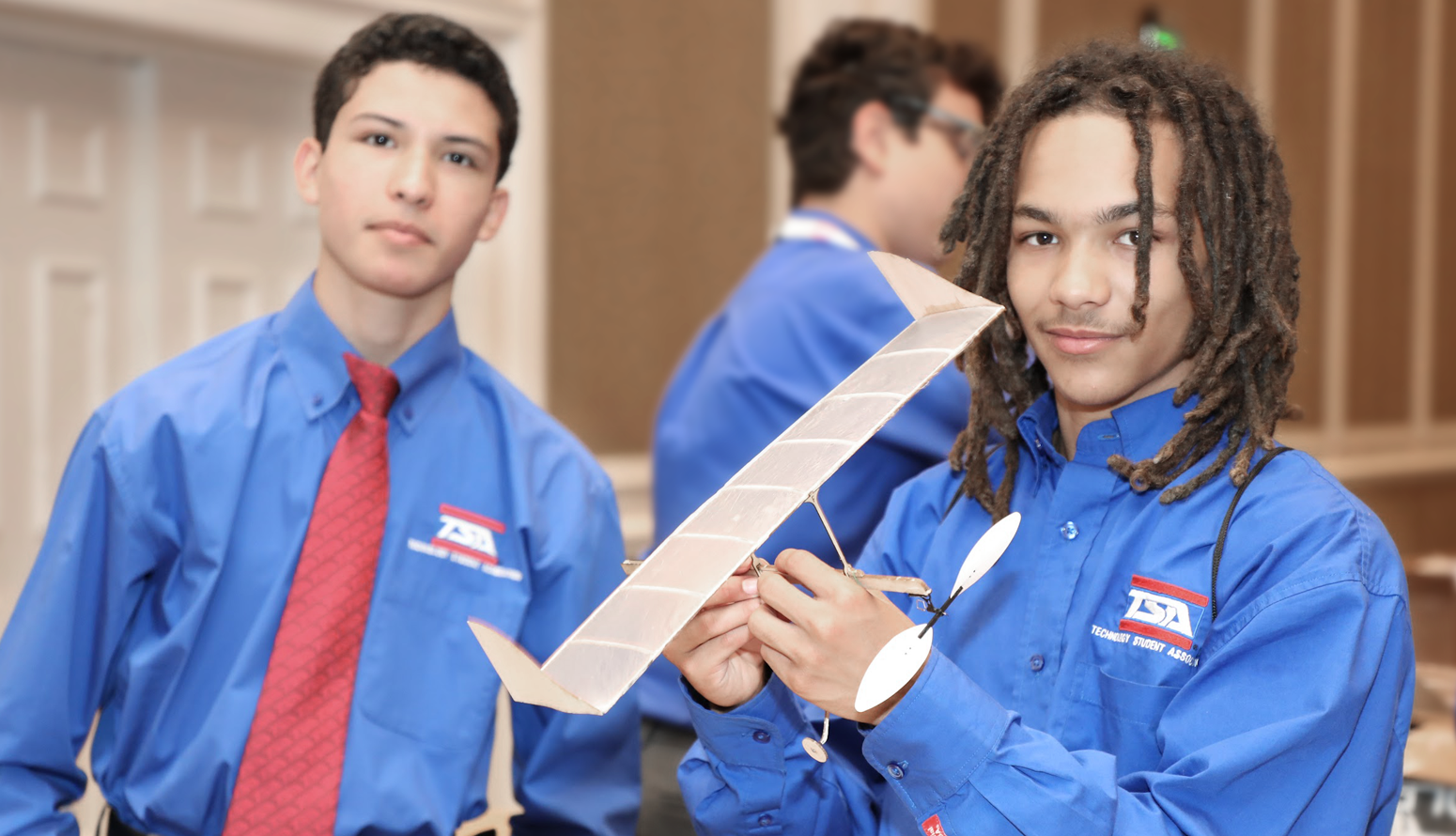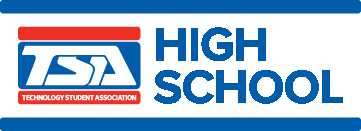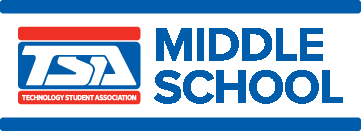In the High School Competitive Events Guide for the 2025 and 2026 National TSA Conferences, TSA offers 40 high school competitions. The eligibility chart provides the eligibility requirements for each competition and is applicable to the national TSA conference. (State delegations may choose to alter their events for local conferences. Click on your state to preview the requirements pertaining to your regional and/or state conferences.)
Software Development
STEM Mass Media
In response to an annual theme, participants use written and verbal communication skills to convey a news story in both a video broadcast (preliminary round) and a digital written format (semifinal round). Participants must demonstrate a strong understanding of journalism etiquette and the common practices of the field of mass media.
Structural Design and Engineering
System Control Technology
Technology Bowl
Technology Problem Solving
In the Middle School Competitive Events Guide for the 2026 and 2027 National TSA Conferences, TSA offers 37 middle school competitions. The eligibility chart provides the eligibility requirements for each competition and is applicable to the national TSA conference. (State delegations may choose to alter their events for local conferences. Click on your state to preview the requirements pertaining to your regional and/or state conferences.)


